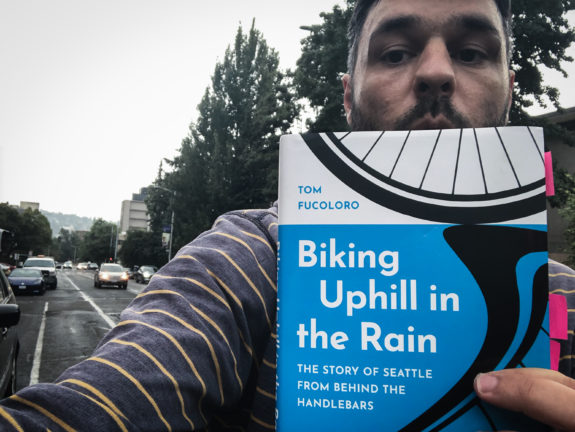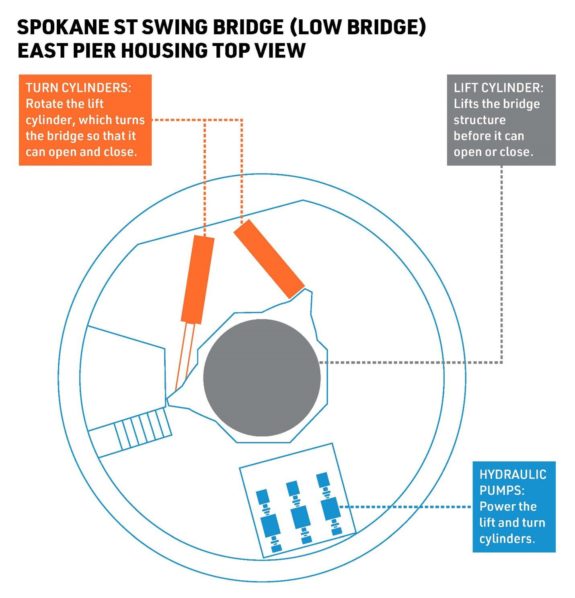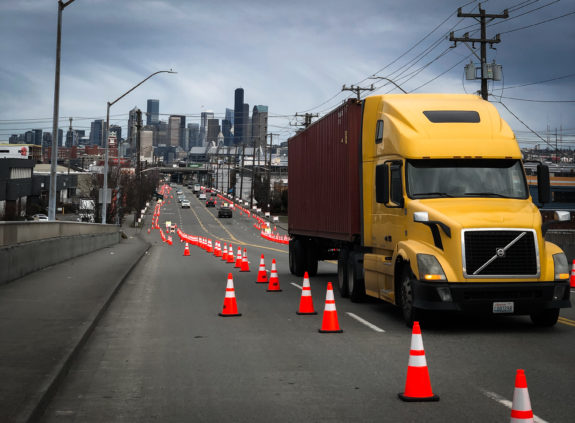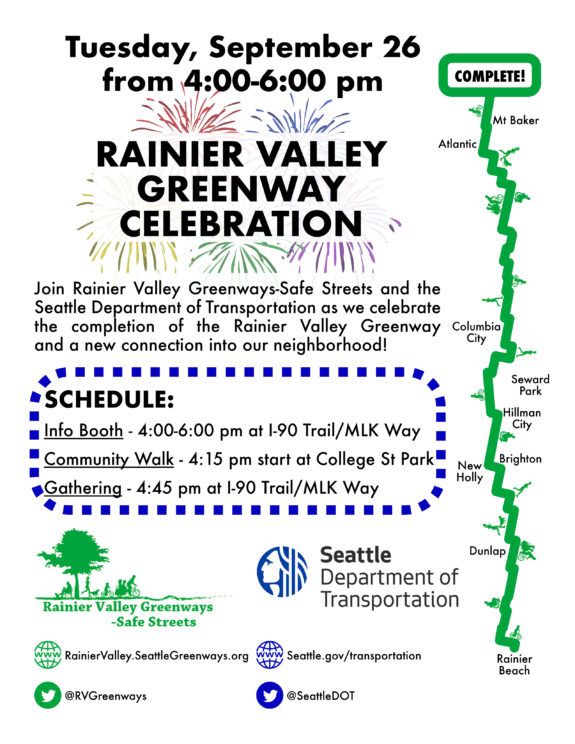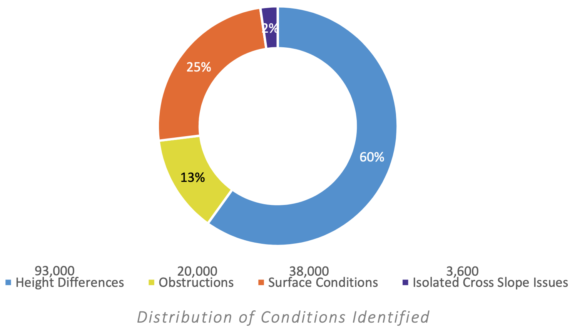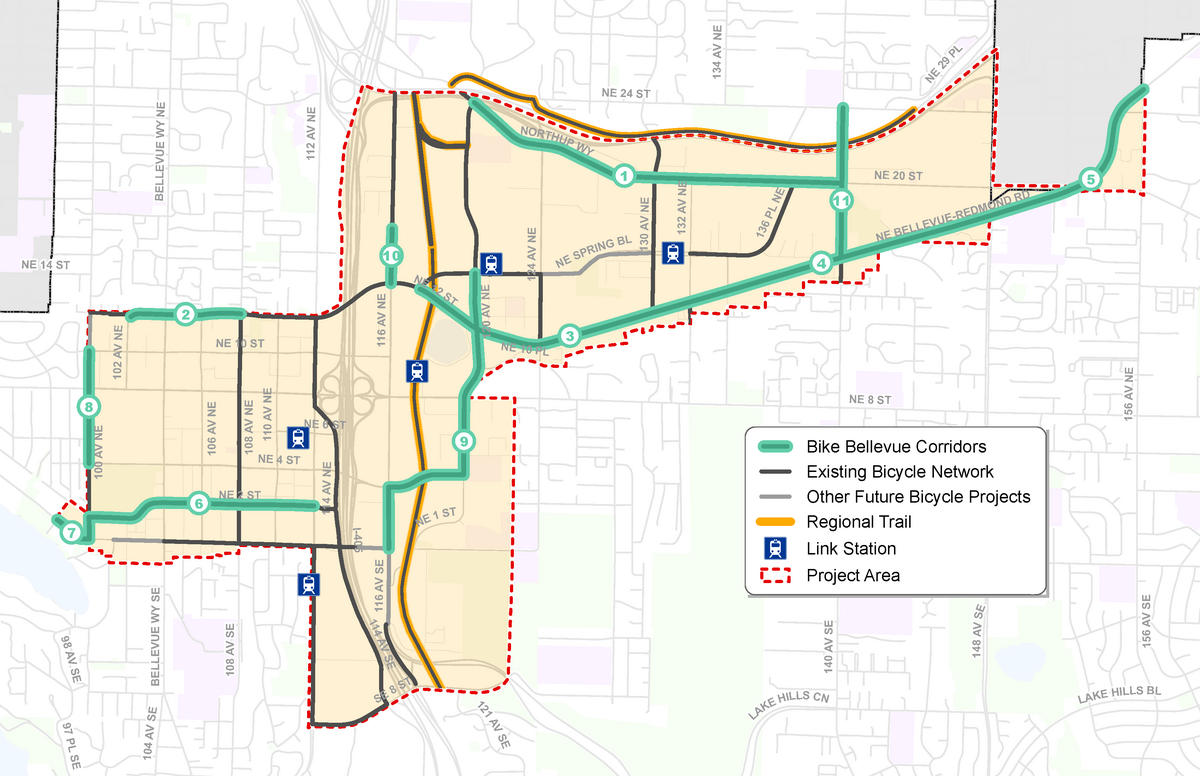People are injured and killed in preventable traffic collisions on Denny Way every year, yet Seattle is planning to invest more than $5 million in the street without addressing its dangerous street design. Instead, the project is moving forward without regard for the city’s Vision Zero goals and without addressing needs specifically called for in the city’s Pedestrian and Transit Master Plans.
The project has strayed from Seattle’s existing transportation policy and needs a reset so it can be brought in line with the city’s safety and transit mobility goals.
If you had not heard about this project until this post or Ryan Packer’s recent story in the Urbanist, that’s part of the problem. While projects investing to improve safety get bogged down in enormous amounts of public process and delay, projects investing to maintain dangerous streets like Denny Way seem to get a free pass from the Seattle Process. Had there been a proper public process earlier, the team would have heard loud and clear from residents that we expect safety and transit improvements to be included. There’s even a whole community-led campaign to Fix the L8 that is focused largely on making improvements to this section of Denny Way so that the packed and unreliable Route 8 bus can better serve its 5,000+ daily riders (a count that would surely be higher if the thing ran on time). Now the city is left with the frustrating decision of pausing a project that is already in the design phase, sending it back to project development so safety and transit mobility are included. This could mean that it would not be ready for paving in 2024 as currently planned and that the budget may change, but pausing it is the right thing to do.
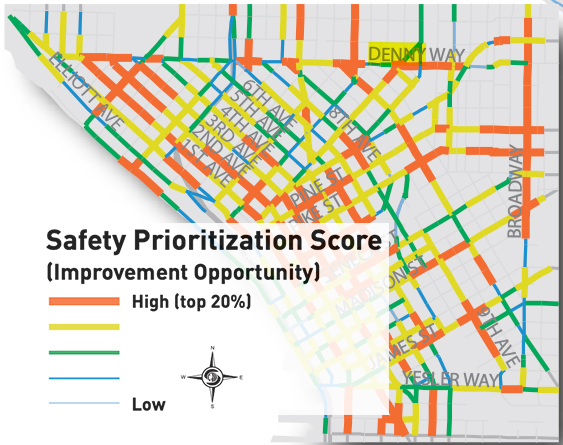
Denny Way is listed in Seattle’s Pedestrian Master Plan (PDF) as part of the “priority investment network,” noting that much of the project area scores a “high” safety prioritization, meaning it is in the top 20% of all streets in the city in need to safety improvements. Denny Way is also one of eight “priority bus corridors” highlighted in Seattle’s Transit Master Plan (corridors section PDF), which notes that “investments in the corridors identified through the TMP have the highest potential benefits to Seattle and its residents.” The plan specifically recommends:
(more…)
